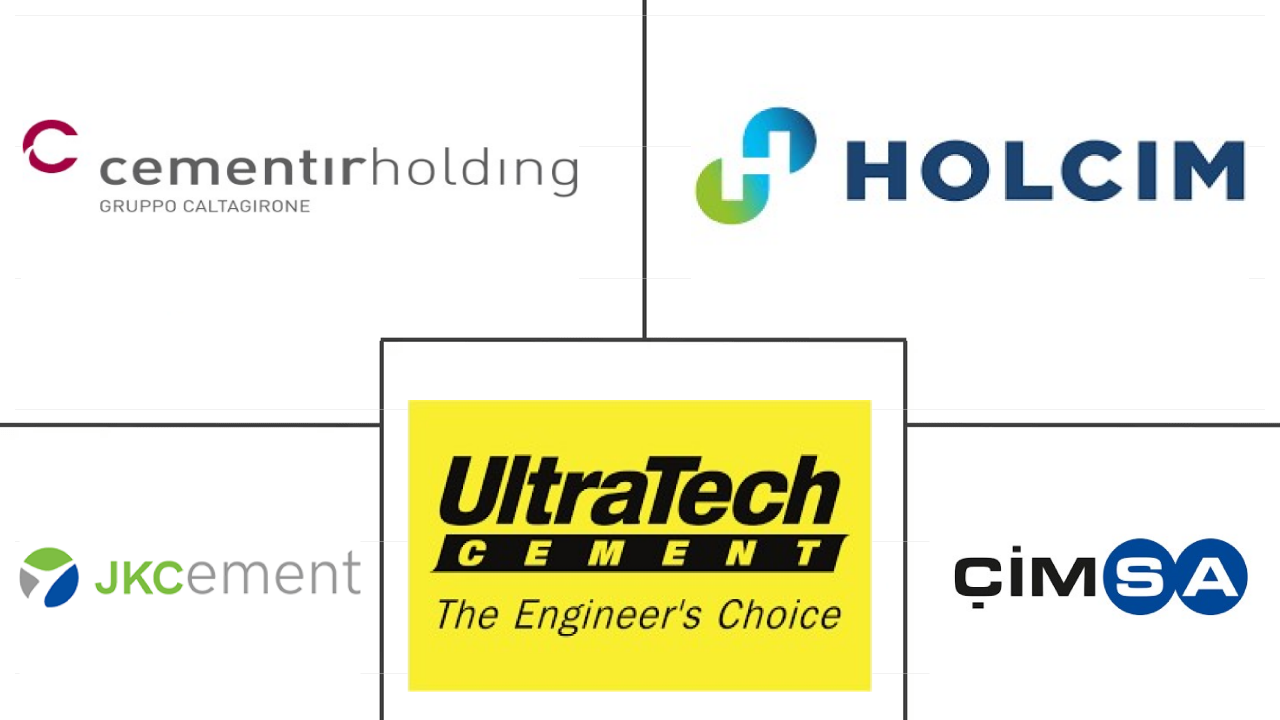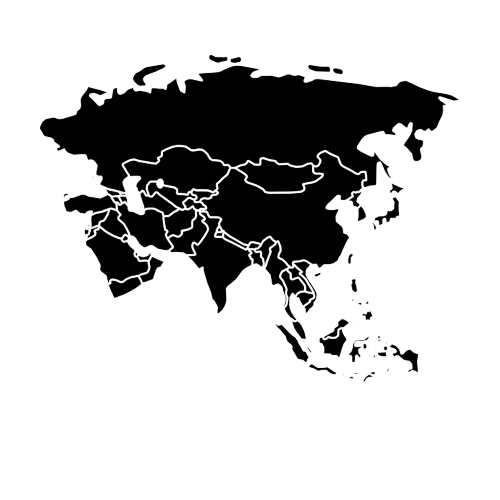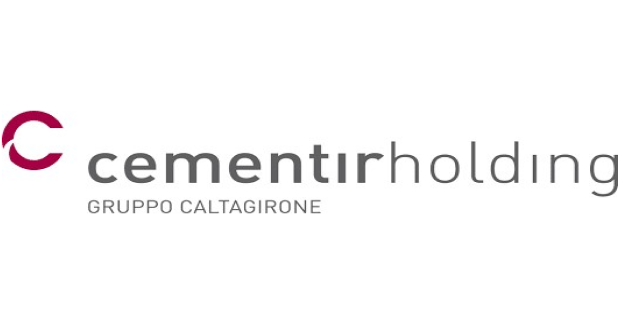Market Size of white cement Industry
|
|
Study Period | 2018 - 2030 |
|
|
Market Volume (2024) | 25.58 Million Tons |
|
|
Market Volume (2030) | 32.91 Million Tons |
|
|
Largest Share by End Use Sector | Residential |
|
|
CAGR (2024 - 2030) | 4.29 % |
|
|
Largest Share by Region | Asia-Pacific |
Major Players |
||

|
||
|
*Disclaimer: Major Players sorted in no particular order |
White Cement Market Analysis
The White Cement Market size is estimated at 25.58 million Tons in 2024, and is expected to reach 32.91 million Tons by 2030, growing at a CAGR of 4.29% during the forecast period (2024-2030).
25.58 Million
Market Size in 2024 (Tons)
32.91 Million
Market Size in 2030 (Tons)
2.06 %
CAGR (2018-2023)
4.29 %
CAGR (2024-2030)
Largest Market by Sub Product
51.82 %
volume share, Type I, 2023
Due to its widespread applications in residential and commercial constructions due to its properties, such as quick setting time and good compressive strength, the segment holds the largest share.
Largest Market by End Use Sector
48.57 %
volume share, Residential, 2023
Due to the growing usage of white cement in major repairing and decorating applications such as marble tiles and sheathing walls, floors, and roofs from apartments, bungalows, etc., residential has registered the highest demand.
Largest Market by Region
53.86 %
volume share, Asia-Pacific, 2023

Due to the growing construction industrial activity in the region, coupled with the increasing demand for white cement in countries like China, India, Japan, and South Korea, the region has dominated the market.
Fastest Market by Region
6.42 %
Projected CAGR, Middle East and Africa, 2024-2030
Due to the fast-paced growth of construction activities, coupled with government initiatives such as Vision 2030, the region is expected to witness the fastest growth during the forecast period.
Leading Company
9.43 %
market share, Cementir Holding N.V., 2022

In 2022, the company held the largest share owing to its white cement production capacity of over 3 million tons per year. The company serves customers across various construction sectors.
Burgeoning residential construction activities are likely to drive the demand for white cement
- In 2022, the global white cement market held a modest share of approximately 0.58% in the larger cement market. However, the demand for white cement is set to rise, with a projected growth rate of 1.90% in 2023, driven primarily by the burgeoning needs of the residential and commercial construction sectors.
- Within the white cement market, the residential segment is the dominant player, poised to capture a significant 48.57% share in 2023. Factors such as rapid urbanization, bolstered by government initiatives and both foreign and domestic investments, are fueling the demand for housing. For instance, the Government of Indonesia (GOI) has set a target of constructing 1 million housing units by 2025, with the country's overall housing demand estimated to reach 30 million units. Similarly, the United States has plans to add approximately 11.5 million houses between 2025 and 2035. These trends indicate a surge in residential construction, leading to a projected global white cement consumption of 15.46 million tons in 2030, up from 11.92 million tons in 2023.
- While the residential sector takes the lion's share, the industrial and institutional sector is emerging as the fastest-growing consumer of white cement, with a robust CAGR of 5.02% during the forecast period. The global industrial floor area is set to expand to 9.83 billion square feet by 2026, driven by increased investments in sectors like industrial, education, and healthcare. Notably, the United States is projected to witness construction spending of USD 47.59 billion in new industrial buildings by 2026. These developments point to a significant increase in white cement consumption for the industrial and institutional sector, with a projected increase of 1.45 million tons by 2030 compared to 2023.
The Asia-Pacific region, led by countries like India, is set to witness a surge in office space demand, projected to reach 1.2 billion sq. ft by 2030. This increase is driving the global demand for white cement
- In 2022, the global white cement market represented approximately 0.58% of the total global cement market. North America and Europe saw significant growth rates of 13.98% and 2.44%, respectively, in 2022, compared to 2021. The global white cement market is projected to grow by about 1.90% in 2023.
- With a dominant share, the Asia-Pacific region is set to account for roughly 53.86% of the global white cement market in 2023. This surge is driven by escalating construction activities, particularly in sectors like industrial, healthcare, and commercial spaces. For instance, Indonesia has six shopping mall projects slated for completion by 2025, adding up to 292 thousand square meters. In India, the Grade A office market in the top seven cities is expected to expand to 1 billion square feet by 2026 and further to 1.2 billion square feet by 2030. Consequently, the Asia-Pacific white cement market is projected to grow by 39.29% from 2023 to 2030.
- Middle East & Africa is expected to be the fastest-growing consumer of white cement, with the highest CAGR of 6.47% during the forecast period. This can be attributed to the region's growing demand for white cement market for the residential and commercial sectors. For instance, Saudi Arabia plans to add around 555 thousand residential units, over 4.3 million square meters of retail space, and over 6.1 million square meters of new office space by 2030. The residential new floor area in the region is expected to reach 777 million sq. ft in 2023 and is projected to reach 886 million sq. ft in 2030. As a result, the region's white cement is projected to increase by 717 thousand tons in 2030 compared to 2023.
White Cement Industry Segmentation
Commercial, Industrial and Institutional, Infrastructure, Residential are covered as segments by End Use Sector. Type I, Type III are covered as segments by Sub Product. Asia-Pacific, Europe, Middle East and Africa, North America, South America are covered as segments by Region.
- In 2022, the global white cement market held a modest share of approximately 0.58% in the larger cement market. However, the demand for white cement is set to rise, with a projected growth rate of 1.90% in 2023, driven primarily by the burgeoning needs of the residential and commercial construction sectors.
- Within the white cement market, the residential segment is the dominant player, poised to capture a significant 48.57% share in 2023. Factors such as rapid urbanization, bolstered by government initiatives and both foreign and domestic investments, are fueling the demand for housing. For instance, the Government of Indonesia (GOI) has set a target of constructing 1 million housing units by 2025, with the country's overall housing demand estimated to reach 30 million units. Similarly, the United States has plans to add approximately 11.5 million houses between 2025 and 2035. These trends indicate a surge in residential construction, leading to a projected global white cement consumption of 15.46 million tons in 2030, up from 11.92 million tons in 2023.
- While the residential sector takes the lion's share, the industrial and institutional sector is emerging as the fastest-growing consumer of white cement, with a robust CAGR of 5.02% during the forecast period. The global industrial floor area is set to expand to 9.83 billion square feet by 2026, driven by increased investments in sectors like industrial, education, and healthcare. Notably, the United States is projected to witness construction spending of USD 47.59 billion in new industrial buildings by 2026. These developments point to a significant increase in white cement consumption for the industrial and institutional sector, with a projected increase of 1.45 million tons by 2030 compared to 2023.
| End Use Sector | |
| Commercial | |
| Industrial and Institutional | |
| Infrastructure | |
| Residential |
| Sub Product | |
| Type I | |
| Type III | |
| Other Sub Product Types |
| Region | ||||||||||||||
| ||||||||||||||
| ||||||||||||||
| ||||||||||||||
| ||||||||||||||
|
White Cement Market Size Summary
The white cement market is poised for significant growth, driven by increasing demand in the residential and commercial construction sectors. The residential segment currently dominates the market, fueled by rapid urbanization and substantial government initiatives aimed at boosting housing availability. This trend is particularly evident in regions like Asia-Pacific, where the market is expected to maintain a dominant share due to escalating construction activities. The industrial and institutional sectors are also emerging as key consumers, with substantial investments in industrial, education, and healthcare facilities contributing to the market's expansion. The Middle East and Africa are anticipated to be the fastest-growing regions, supported by burgeoning demand in both residential and commercial sectors.
Globally, the white cement market is experiencing a steady upward trajectory, with North America and Europe witnessing notable growth rates. The market's expansion is further bolstered by innovative developments in cement production, such as solar-driven and hydrogen technology initiatives aimed at reducing carbon emissions. Major players in the market, including Cementir Holding N.V., Holcim, JK Cement Ltd., UltraTech Cement Ltd., and Çimsa, are actively pursuing strategies to enhance their market presence. As the construction industry rebounds from the impacts of the COVID-19 pandemic, the white cement market is expected to continue its growth, supported by government investments and regulatory changes aimed at facilitating affordable housing and sustainable construction practices.
White Cement Market Size - Table of Contents
-
1. MARKET SEGMENTATION (includes market size, forecasts up to 2030 and analysis of growth prospects.)
-
1.1 End Use Sector
-
1.1.1 Commercial
-
1.1.2 Industrial and Institutional
-
1.1.3 Infrastructure
-
1.1.4 Residential
-
-
1.2 Sub Product
-
1.2.1 Type I
-
1.2.2 Type III
-
1.2.3 Other Sub Product Types
-
-
1.3 Region
-
1.3.1 Asia-Pacific
-
1.3.1.1 By Country
-
1.3.1.1.1 Australia
-
1.3.1.1.2 China
-
1.3.1.1.3 India
-
1.3.1.1.4 Indonesia
-
1.3.1.1.5 Japan
-
1.3.1.1.6 Malaysia
-
1.3.1.1.7 South Korea
-
1.3.1.1.8 Thailand
-
1.3.1.1.9 Vietnam
-
1.3.1.1.10 Rest of Asia-Pacific
-
-
-
1.3.2 Europe
-
1.3.2.1 By Country
-
1.3.2.1.1 France
-
1.3.2.1.2 Germany
-
1.3.2.1.3 Italy
-
1.3.2.1.4 Russia
-
1.3.2.1.5 Spain
-
1.3.2.1.6 United Kingdom
-
1.3.2.1.7 Rest of Europe
-
-
-
1.3.3 Middle East and Africa
-
1.3.3.1 By Country
-
1.3.3.1.1 Saudi Arabia
-
1.3.3.1.2 United Arab Emirates
-
1.3.3.1.3 Rest of Middle East and Africa
-
-
-
1.3.4 North America
-
1.3.4.1 By Country
-
1.3.4.1.1 Canada
-
1.3.4.1.2 Mexico
-
1.3.4.1.3 United States
-
-
-
1.3.5 South America
-
1.3.5.1 By Country
-
1.3.5.1.1 Argentina
-
1.3.5.1.2 Brazil
-
1.3.5.1.3 Rest of South America
-
-
-
-
White Cement Market Size FAQs
What is the current Global White Cement Market size?
The Global White Cement Market is projected to register a CAGR of 4.29% during the forecast period (2024-2030).
Who are the key players in Global White Cement Market?
Cementir Holding N.V., Holcim, JK Cement Ltd., UltraTech Cement Ltd. and Çimsa are the major companies operating in the Global White Cement Market.

